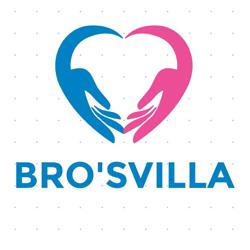Internet of things (IoT) on Clubhouse

Description
The network of physical objects—“things”—that are embedded with sensors, software, and other technologies for the purpose of connecting and exchanging data with other devices and systems over the Internet.
Things have evolved due to the convergence of multiple technologies, real-time analytics, machine learning, commodity sensors, and embedded systems. Traditional fields of embedded systems, wireless sensor networks, control systems, automation (including home and building automation), and others all contribute to enabling the Internet of things. In the consumer market, IoT technology is most synonymous with products pertaining to the concept of the "smart home", including devices and appliances (such as lighting fixtures, thermostats, home security systems and cameras, and other home appliances) that support one or more common ecosystems, and can be controlled via devices associated with that ecosystem, such as smartphones and smart speakers. IoT can also be used in healthcare systems. Let’s thinking for IoT.
Last 30 Records
| Day | Members | Gain | % Gain |
|---|---|---|---|
| July 23, 2024 | 180 | -1 | -0.6% |
| April 27, 2024 | 181 | 0 | 0.0% |
| February 14, 2024 | 181 | +1 | +0.6% |
| December 31, 2023 | 180 | +2 | +1.2% |
| November 16, 2023 | 178 | +1 | +0.6% |
| October 16, 2023 | 177 | 0 | 0.0% |
| September 16, 2023 | 177 | +3 | +1.8% |
| August 18, 2023 | 174 | +1 | +0.6% |
| July 16, 2023 | 173 | +1 | +0.6% |
| June 22, 2023 | 172 | +2 | +1.2% |
| March 20, 2023 | 170 | 0 | 0.0% |































